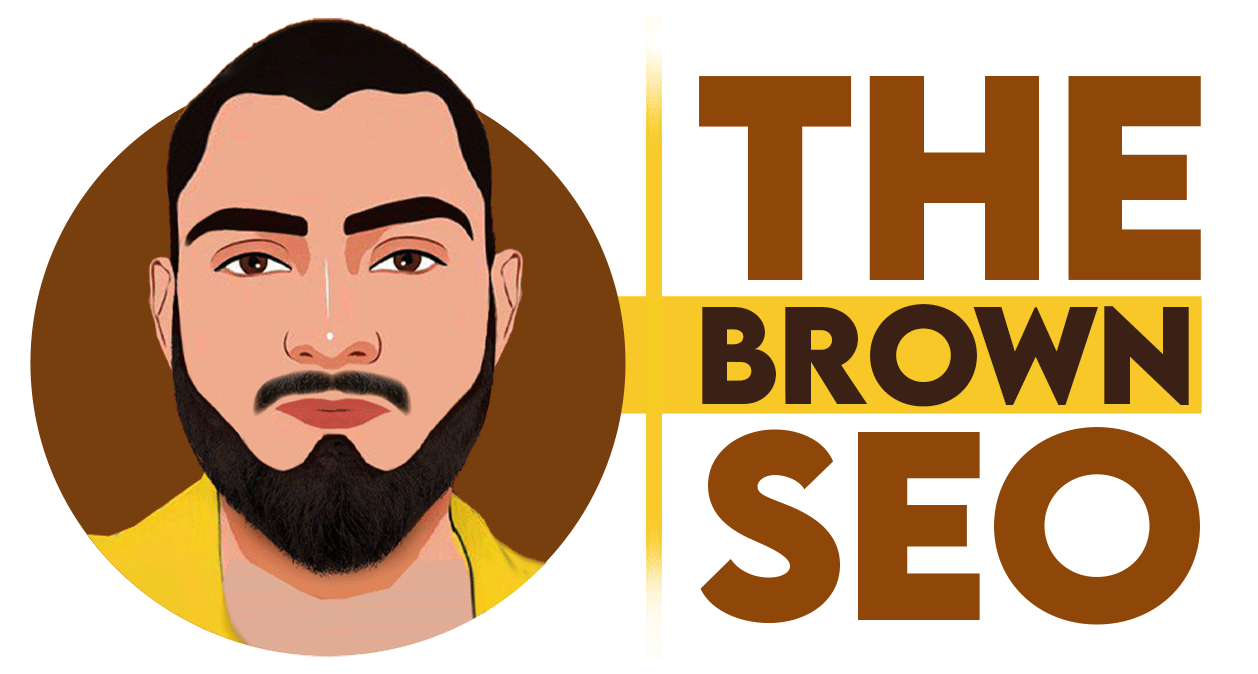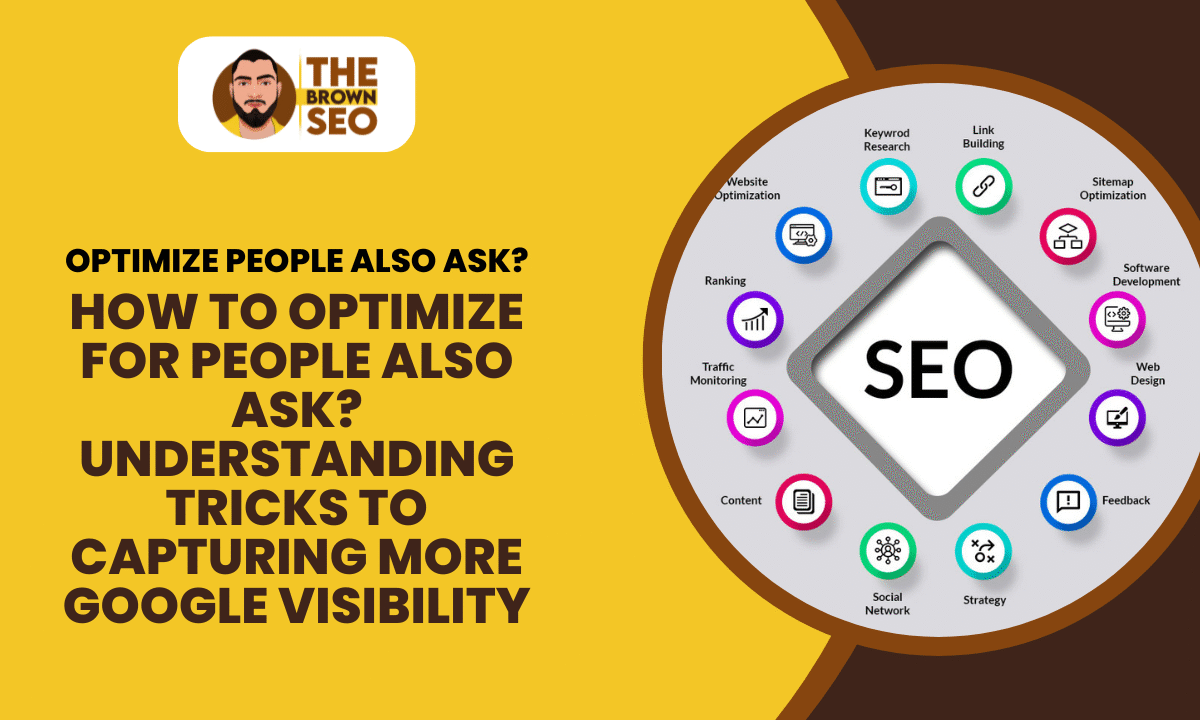
If you’ve ever searched on Google, you’ve likely noticed the expandable “People Also Ask” (PAA) boxes appearing right after a few search results. These quick, clickable questions aren’t just helpful for users — they are golden opportunities for websites to grab additional visibility without being ranked #1.
Learning how to optimize for People Also Ask can elevate your SEO strategy, increase your click-through rates (CTR), and position your brand as an authoritative source in your niche.
And the best part? It’s achievable with precise optimization techniques that many overlook.
Let’s dive into exactly how you can dominate the PAA boxes and maximize your organic reach.
What Is the “People Also Ask” Box?
The People Also Ask section is an interactive SERP feature on Google where related questions are displayed, and each answer comes from a web page. When a user clicks a question, more related questions expand beneath it, often driving even more traffic if you’re optimized correctly.
Why it matters:
- Shows Google sees your content as trustworthy.
- Appears above regular search results at times — stealing clicks.
- Increases brand exposure, even if you’re not ranked first organically.
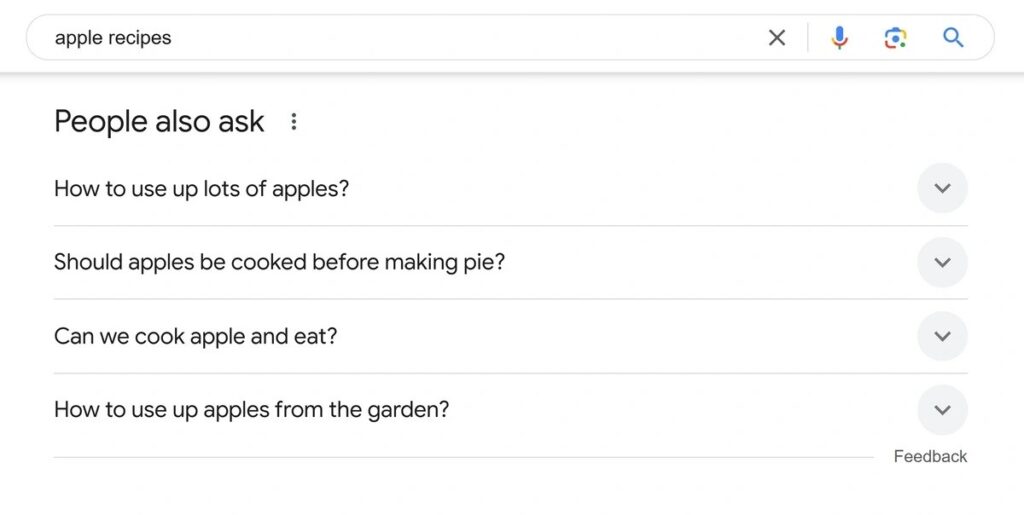
How to Optimize for People Also Ask: Step-by-Step?
-
Find Relevant PAA Questions for Your Target Keywords
Before you can optimize, you need to know what questions Google associates with your niche. Here’s how:
- Google Search: Manually type your target keyword and note down the PAA questions.
- SEO Tools: Use Ahrefs, SEMrush, or AlsoAsked.com to extract tons of related PAA questions.
- Analyze SERPs Frequently: PAA boxes evolve — revisit them regularly.
Tip: Focus on mid- to long-tail keywords for higher chances of capturing the box.
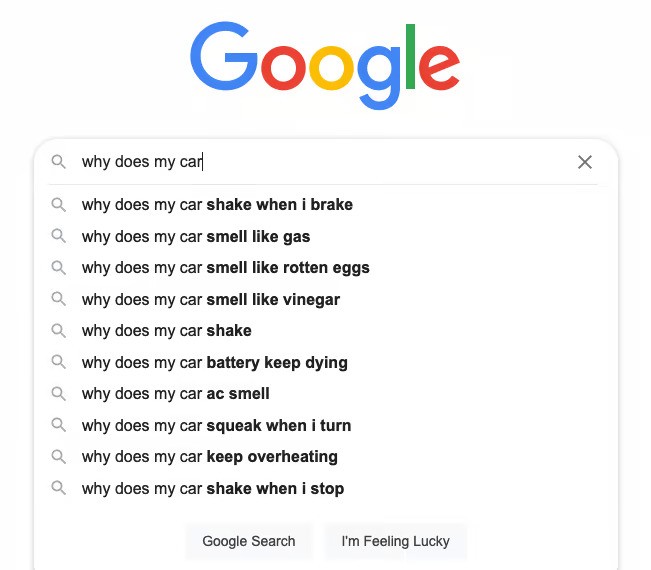
-
Structure Your Content to Match PAA Answer Formats
When learning how to optimize for People Also Ask, structure is everything.
Google prefers concise, direct answers followed by contextual elaboration.
How to format:
- Directly answer the question within the first 2-3 sentences.
- Keep answers between 40-60 words ideally.
- Use clear formatting: bullet points, numbered lists, tables when needed.
Example:
If the PAA question is, “How does on-page SEO work?”,
Start your section with:
“On-page SEO works by optimizing individual pages to rank higher and earn more relevant traffic. This involves optimizing title tags, content, internal links, and URLs.”
Then expand further below.
-
Optimize for Featured Snippets Simultaneously
PAA and featured snippets often pull from similar content structures. If you optimize for one, you’re often optimizing for the other as well.
What to do:
- Create succinct paragraph answers.
- Add numbered steps or how-to lists.
- Include definitions or brief overviews at the top of sections.
This boosts your chances across multiple Google features.
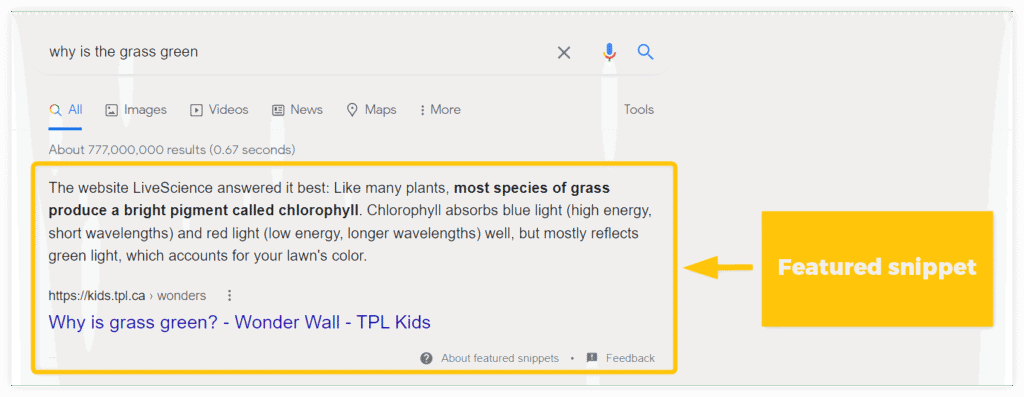
-
Use Semantic SEO and Related Phrases
Google’s algorithms are smart enough to connect semantically related ideas.
To increase your chances of appearing in a PAA box:
- Add synonyms and LSI (Latent Semantic Indexing) keywords around your main topics.
- Expand on related questions users might also ask after the initial query.
Example:
If targeting “How to optimize for People Also Ask,” also touch on:
- “How to get featured in Google’s PAA box”
- “Best practices for People Also Ask SEO”
- “Why is the People Also Ask box important for SEO?”
-
Focus on User Intent in Your Answers
Understanding why someone is asking a question helps you provide a better answer.
Identify the intent:
- Informational: Quick facts or explanations (most common for PAA).
- Navigational: Helping users find something.
- Transactional: Preparing users for a conversion step.
Answer accordingly — no fluff, no detours.
-
Improve Your Technical SEO and Core Web Vitals
Even if your answer is perfect, slow websites with poor technical SEO often get ignored by Google.
Key technical points:
- Mobile-friendliness: Most users explore PAA on mobile.
- Fast loading speed: Essential for a smooth user experience.
- Secure site (HTTPS): Trust is non-negotiable for rankings.
Make sure your site checks all these boxes.
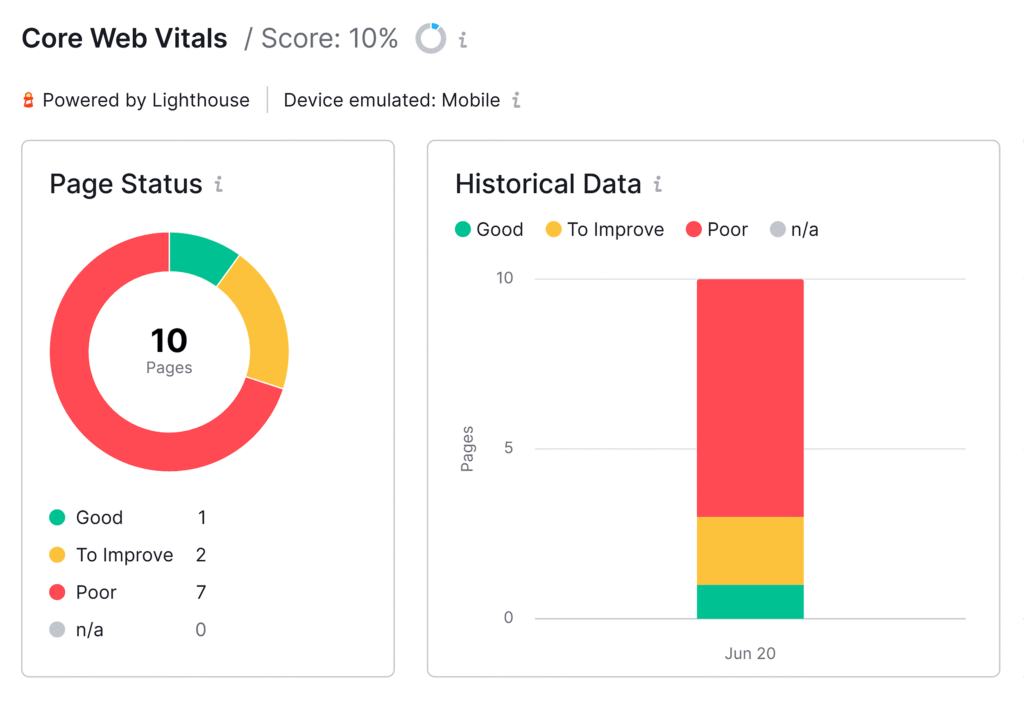
-
Monitor Your Results and Adapt
Once you start optimizing, monitor your rankings, impressions, and CTRs.
Tools to help:
- Google Search Console: Check if impressions increase for target keywords.
- Ahrefs/Semrush: Monitor PAA rankings specifically.
- Visual Inspection: Search manually and see if your pages appear in the PAA section.
Adapt based on which pages perform and which don’t.
Common Mistakes to Avoid When Optimizing for PAA
- Writing too much: Long-winded answers won’t get picked up.
- Ignoring question-specific formatting: Generic content doesn’t match.
- Neglecting updates: PAA boxes update often — stay on top of trends.
- Forgetting context: Always link back to deeper, valuable content after the direct answer.
Conclusion
Mastering how to optimize for People Also Ask is one of the smartest ways to earn more visibility in Google’s search results without battling over top organic positions.
By focusing on answering real user questions concisely, structuring your content properly, leveraging semantic SEO, and maintaining a technically sound site, you can land your answers right where users are actively engaging.
In an ever-changing SEO world, owning the PAA box can mean the difference between getting found and getting forgotten.
Make it part of your strategy today — and watch your organic traffic grow tomorrow.
